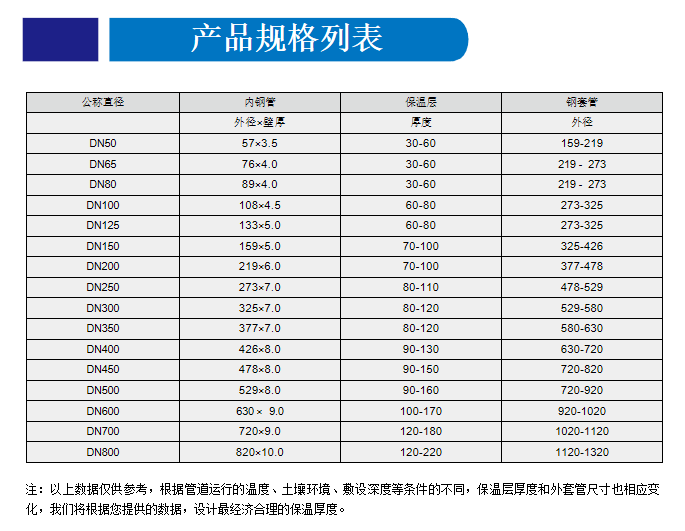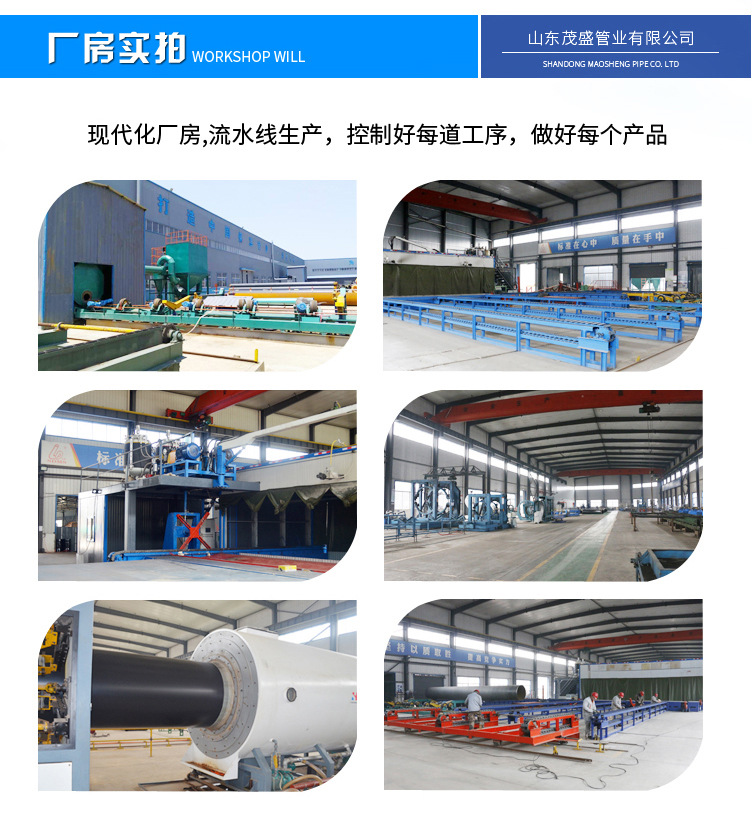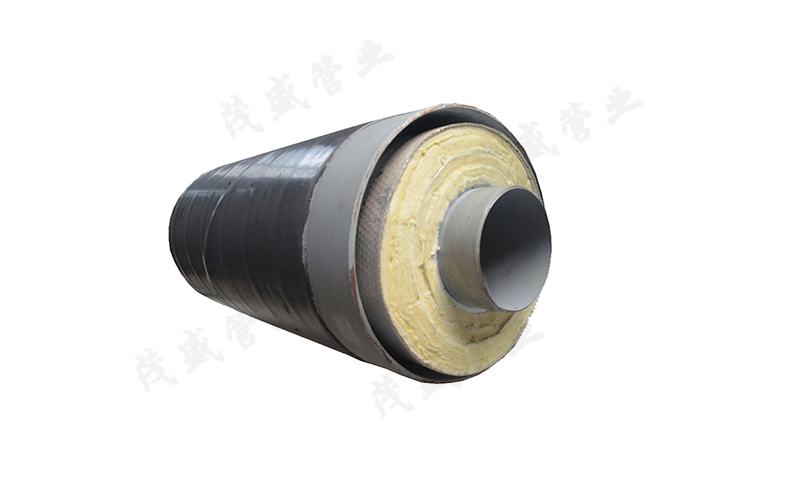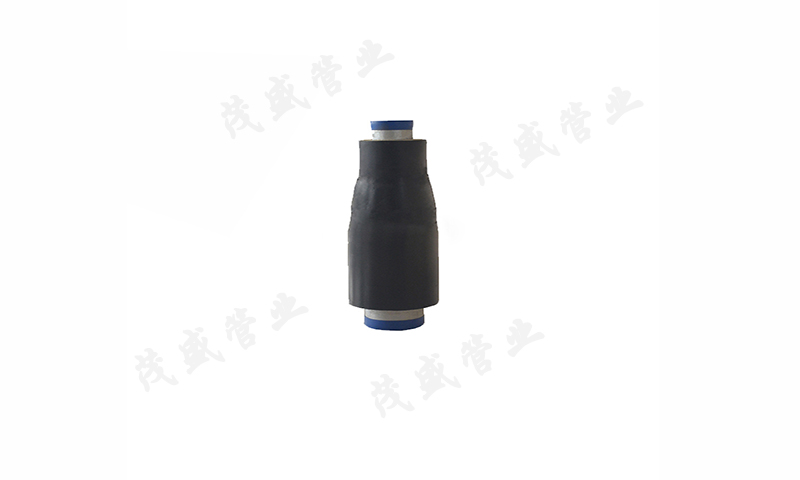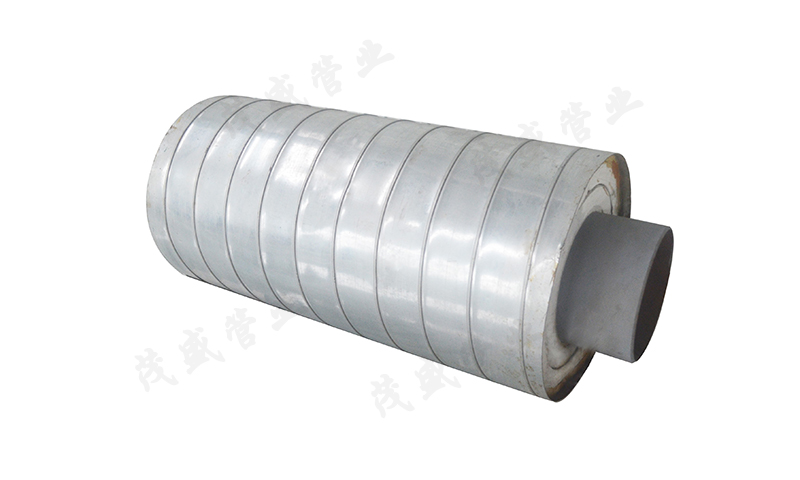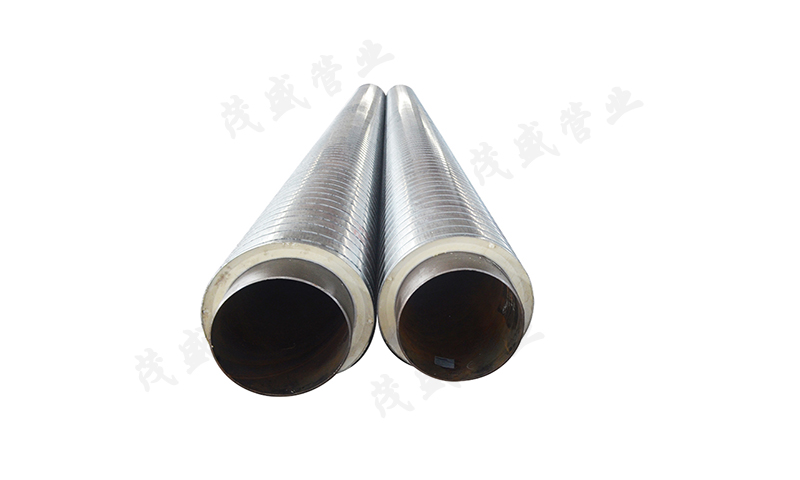In the heating industry, the demand of steam pipeline is increasing in recent years. With the increasingly standardization of urban construction, beautifying the city has become an inevitable development. The original overhead laying and pipe trench laying methods are gradually replaced by direct burial technology.
Due to the high temperature of the medium transported by the steam pipeline (generally 150 ~ 350 ℃), it brings many technical difficulties to the direct buried technology, such as expansion compensation, waterproof sealing, pipeline anti-corrosion, stress damage, local thermal bridge, whole line anti-corrosion, etc. After long-term technical exploration and research, and summarizing the reasons for the failure of domestic steam pipelines in the past, our company has formed its own unique product structure, and mastered the current domestic "internal sliding" and "external sliding" structure of the cutting-edge technology.
The technology of directly buried steam pipeline successfully provides reliable technical guarantee for the modern urban central heating pipe network with high requirements of city appearance and landscape, and makes the urban construction and environmental protection achieve harmony and unity. As the directly buried heating pipe network is hidden underground, it does not affect the traffic and urban landscape, so it is very popular with users and planning departments.
The main advantages of directly buried high temperature pipeline are as follows:
1. After the inner steel pipe reaches Sa2.5 (near white level) after shot blasting, inorganic zinc rich primer shall be applied to prevent the water vapor entering the insulation layer from corroding the inner steel pipe during construction.
2. Thermal insulation materials can be selected according to the needs of users, such as Owens Corning centrifugal glass wool, hydrophobic composite silicate, aluminum silicate, magnesium silicate and other materials, multi-layer staggered seam binding, which can effectively reduce heat loss, control the outer coat surface temperature below 50 ℃, protect the anti-corrosion coating, and increase the overall service life of the pipeline.
3. The sliding support and fixed support in the steam pipeline are insulated with special materials to prevent the cold bridge, thus ensuring the temperature control of the outer coating.
4. Using the characteristics of high strength and good sealing of steel casing, the difficulty of waterproof and leakage resistance is successfully solved.
5. The radiation reflection layer is added to the insulation material to control the radiation loss of heat and make the steam pipeline more economical and reasonable.
6. Various types of pipeline anticorrosive coating can effectively protect the steel casing from groundwater erosion.
7. The drainage system adopts the form of full sealing, with flexible layout, reasonable structure, safety and reliability.
8. The moisture pipe on the steel casing can not only discharge the damp gas in time, but also be used as the signal pipe for daily operation.
9. High quality bellows compensator is used for thermal compensation of the pipeline, which is installed in the casing. As a direct buried form, there is no need to set up an observation well, so the construction is convenient and the construction period is short.
Performance index:
1. Superfine glass wool:
Mass (thickness 50 mm): 0.219 kg; The water content is less than 1%;
Density (thickness 50mm): 48.3kg/m ³; Hydrophobicity > 98%;
Thermal conductivity: (thickness 50 mm, 70 ℃) 0.0376 w (m · K).
2. Aluminum foil reflector:
Aluminum foil reflective cloth density: fire resistance temperature: 650 ℃;
Thickness: 0.2-0.3mm; Width: 1-1.25 mm.
Product advantages:
1. The product uses steel pipe as outer protective layer, which has the advantages of high strength, not easy to damage and good corrosion resistance.
2. It can reduce heat loss by 14-19% (compared with traditional overhead or trench laying).
3. It covers less land, does not affect the municipal planning, and reduces pollution. Especially in the construction of underground pipe network and areas with many obstacles, pipe communication is often required. However, directly buried pipes can pass through.
4. The installation is convenient and the construction period is short.
5. Long service life and low maintenance cost.
